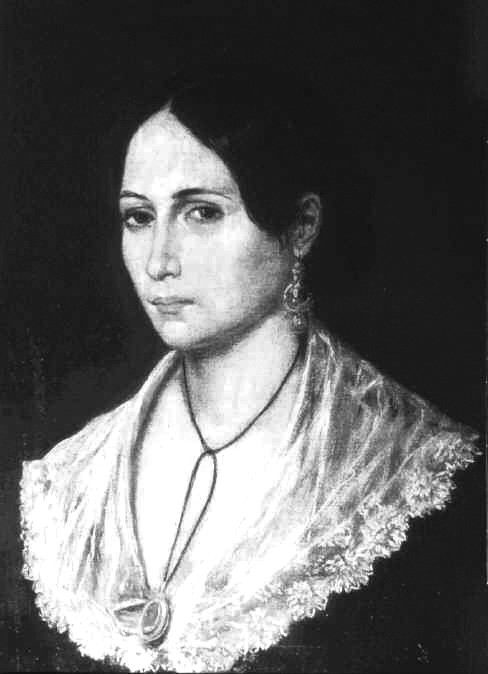

The Roman Walk
A beautiful way to start a Roman day is to take a walk up to the Janiculum Hill. You leave the historic center, cross the Ponte Sisto, wander the streets of Trastevere, and then head up Via Garibaldi. Things quiet down as the via curves, and the panorama of Rome begins to emerge in the distance…dome after dome…and then—ta-da!—you come face to face with the magnificent Fontana dell’Acqua Paola (aka Fontanone, Big Fountain), an enormous Baroque stunner from the seventeenth century, built using white marble from the ruins of the Temple of Minerva. This was the inspiration for the Trevi Fountain, and I’ve often seen brides and grooms posing here for photos.
Continue to the hilltop, where on weekend mornings there are often puppet shows, with a rapt audience of bambini, clapping and shouting at the comical characters playing out classical stories in the slapped-up-telephone-booth-sized stage.
While you’re up there, don’t miss the statue of Anita Garibaldi, Italy’s wonder woman, who fought alongside her husband Giuseppe in the nineteenth-century revolution that culminated in giving them the titles “Father and Mother of Modern Italy.” The statue captures Anita in a courageous pose, riding a wild mustang, brandishing a pistol in one hand, with a baby tucked under her other arm.
 Anita’s life story (partly told in the frieze below the statue) is the stuff of a blockbuster movie. She was born in Brazil and learned horsemanship from her father, who died when she was twelve. At fourteen, she was married off to a local older man, Signor Aguiar, aka “the drunken shoemaker.”
Anita’s life story (partly told in the frieze below the statue) is the stuff of a blockbuster movie. She was born in Brazil and learned horsemanship from her father, who died when she was twelve. At fourteen, she was married off to a local older man, Signor Aguiar, aka “the drunken shoemaker.”
While her husband was off at war, Giuseppe Garibaldi sailed in from Italy, with a passion to help Brazil fight for its independence. The moment he set eyes on dark-haired Anita with her extraordinary almond-shaped eyes, Giuseppe walked straight up to her and proclaimed, “Maiden, thou shalt be mine.” Even though she was still married, Anita dashed off to fight by Giuseppe’s side in Brazil and Uruguay, firing cannons, teaching him gaucho guerrilla warfare, and giving birth to their first son in the midst of all that. They married two years later, after Anita’s first husband died.
In 1848, with four children in tow (between the ages of eight and two!), Anita and Giuseppe left South America to go to Italy and join the fight for unification. A year later, Anita died in Giuseppe’s arms after a battle near Ravenna. She was twenty-eight and pregnant with their fifth child.
Giuseppe (whose statue is also at the top of the hill) kept Anita’s memory alive. When he rode in victory to the crowning of Emmanuel II, the first king of a united Italy, he wore a Brazilian poncho. And around his neck, Anita’s striped scarf.
Biking in the Borghese Gardens
Rome’s elegant park is 65 acres of manicured green, shadowed by umbrella pines, with wide flat paths that are perfect for leisurely biking. In the Porto Pinciana area, you can rent bikes or surrey-style pedal carts, and take off gliding around blooming gardens, magnolia trees, fountains, and the pond with its mini-Tempio di Esculapio.
Rent at Bici Pincio (two locations: Viale della Pineta, Viale di Villa Medici; four euros an hour)
Biking the Appian Way
On a weekday afternoon, when tourists are few, and the light is soft and hazy, it’s heavenly to bike along the Appian Way, nicknamed Regina Viarum, Queen of the Roads. The engineering triumph of this road began in 312 B.C., connecting Rome with Brindisi. In 1988, this section—from the center of Rome to the Alban Hills—was turned into a regional park. Basalt stones of the original road, where chariots traveled, still remain along many stretches, flanked by grassy fields, catacombs, tombs, and crumbling statues.
My ideal ride begins past the entrance and catacombs, near the park’s largest tomb, from 50 B.C., dedicated to Cecilia Metella, who was the daughter-in-law of a mega-rich Roman. The tomb was turned into a fortress in the fourteenth century, which is why you’ll see the crenellated walls at the top.
Riding can be bumpy along the stones, but there are smoother dirt paths cut into the bordering grass, and you can turn off the main road to wind around paved lanes and catch glimpses of grand villas behind ivy-covered gates. Bird songs and stately cypress trees surround you, and then…you may hear the tinkling of bells and look over a stone wall to discover a herd of goats grazing in an open field.
Parco Appia Antica: www.parcoappiaantica.it

Golden Day: Taxi or bus (#118) to the Tomb of Cecilia Metella and rent a bike nearby for a couple of blissful hours. Eat at Hostaria Antica Roma, (Via Appia Antica, 87, 06 513 2888, closed Monday, www.anticaroma.it) that’s set in a building from Imperial Days, which was once a mausoleum for freed slaves. These days, thanks to the Magnanimi family, who found it abandoned and restored/renovated it in the 1980s, it’s the perfect place to prolong the step-back-in-time atmosphere, and enjoy delicious Roman classics.
TIP: Bike rental: Appia Antica Caffè, www.appiaanticacaffe.it, open 10-sunset, a two-minute walk from the Tomb of Cecilia. This is a better choice than the Tourist Information bike rental, where the park begins. Farther in, at the Tomb of Cecilia, you can take off to the area that’s less crowded with catacomb visitors.